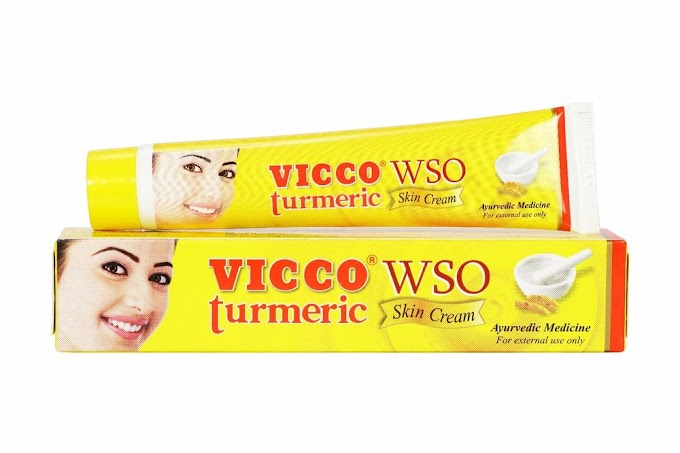Plastic bottles are now became a part of our life. From drinking water to some energy drinks, from food storage to medicine packaging, every where we need plastic bottles. But the fact is that all the bottle are not safe. Few of them are for single use. Some shows sever toxic nature if we reuse those. So it is important to know about the nature of the plastic. The container making companies generally gives a small clue in the bottom of containers by which we can make out the complete nature of the used plastic.
1 – PETE or PET (Polyethylene Terephthalate)
- It is very common type of container and used mostly during traveling time. It is picked up by most curbside recycling programs, It is usually clear and used to make soda and water bottles beer bottles, salad dressing containers, mouthwash bottles, and peanut butter containers etc.
- Though it consider a safe Plastic, but this plastic is known to allow bacteria to accumulate within the container. So chances of contamination is more. So it is advice-able that never reuse the plastic container with symbol 1.
- Such type of plastic can be recycled into tote bags, furniture, carpet, paneling, fiber, and polar fleece.
2 – HDPE (High Density Polyethylene)
- This plastic is one of the safest plastic and having lower risk of leaching.It’s found mostly in milk jugs, butter tubs, detergent bottles, Dish wash bottles, juice bottles, shampoo bottles, cereal box liners, detergent bottles, motor oil bottles, yogurt tubs, butter tubs, and toiletries bottles are made of this.
- It is usually opaque. This plastic is considered safe and has low risk of leaching.
- Such plastic can be recycled in to containers, Plastic tables, benches, fencing equipment etc.
3 V or PVC (Vinyl)
- This kind of plastic is used to make food wrap, plumbing pipes, shampoo bottles, clear food packaging, cooking oil bottles, medical equipment, piping and detergent bottles.
- Such plastic may contain Phthalates, which having numerous health issues like developmental problems, miscarriage, abnormal pregnancy out come etc.
- Another toxic thing named DEHA, which is considered as carcinogenic agent on long-term exposure. DEHA is also famous for decreasing the bone mass and creating live diseases.
- So always avoid such plastic and never cook with or burn this plastic.
4 LDPE (Low Density Polyethylene)
- Low density polyethylene is one of the safe plastics.
- It is commonly used for making squeezable bottles, frozen food, bread bags, shopping bags, clothing, carpet, and some food wraps.
- Such plastics are generally recycled and used for making of compost bins, floor tiles, paneling, trash can liners and cans, shipping envelopes etc.
5 – PP (Polypropylene)
- Phillips Petroleum chemists J. Paul Hogan and Robert L. Banks first polymerized propylene in 1951.
- Polypropylene is the second most important plastic with revenues expected to exceed US$145 billion by 2019.
- The sales of this material are forecast to grow at a rate of 5.8% per year until 2021
- It is the most globally accepted and most safest plastic material that can be used in day to day life.
- It is used for making of yogurt containers, syrup bottles, ketchup bottles, and medicine bottles,Plastic chairs,diagnostic sample collection containers.
- Such plastics are used for the management of hernia and used as mesh to prevent the prolapse.
- It is used for structural material in hobbyist radio control model aircraft
- It can be recycled and used for making of signal lights, bins, ice screapers etc.
 |
| Recycling Logos. |
6 – PS (Polystyrene)
- Polystyrene was discovered in 1839 by Eduard Simon from the resin of the Turkish sweetgum tree.
- Polystyrene is one of the most widely used plastic and it produced in several billion kilograms per year.
- It is clear in nature having very low melting point. It is resistant to acids and alkalies but dissolves easily in many chlorinated solvents, and many aromatic hydrocarbon solvents.
- Polystyrene is a long chain hydrocarbon and chemically known as (C
8H
8)
n. - Polystyrene is Styrofoam, the most dangerous and environment unfriendly plastic in nature. Discarded polystyrene does not biodegrade for hundreds of years and is resistant to photolysis.
- It is commonly used for manufacturing the egg cartons, meat trays, and disposable plates and cups.
- It is harmful for the body and creates many health hazards.
- If can't be brunt or can be heated. No burning or heating it became more dangerous for the health and nature.
- It is highly flammable and causes sever accidental damages.
- Generally such kind of plastics are difficult to recycle and no program supports such plastic for recycling and manufacturing.
7 – Other, Miscellaneous Types of Plastic
- Generally this category includes all those plastics which doesn't fall in the above six categories. Basically it is an unclassified group of many type of plastics.
- Such plastics having sever health hazards, few of them are carcinogenic, few having serious effects on reproductive health like infertility etc.
- Such kind of plastics are found in sunglasses, bullet-proof materials, computer cases, iPod cases, nylon, big sized water bottles etc.
- Such plastics can be recycled based upon their nature and generally used for making of custom products.
Safe Plastic Materials
(Such type can be reused)
|
Moderately Safe Plastic
Materials.
(Should be crushed after single use)
|
Harmful Plastic Materials.
(Should be avoided as far as possible)
|
2, 4, 5
|
1
|
3, 6, 7
|




0 Comments